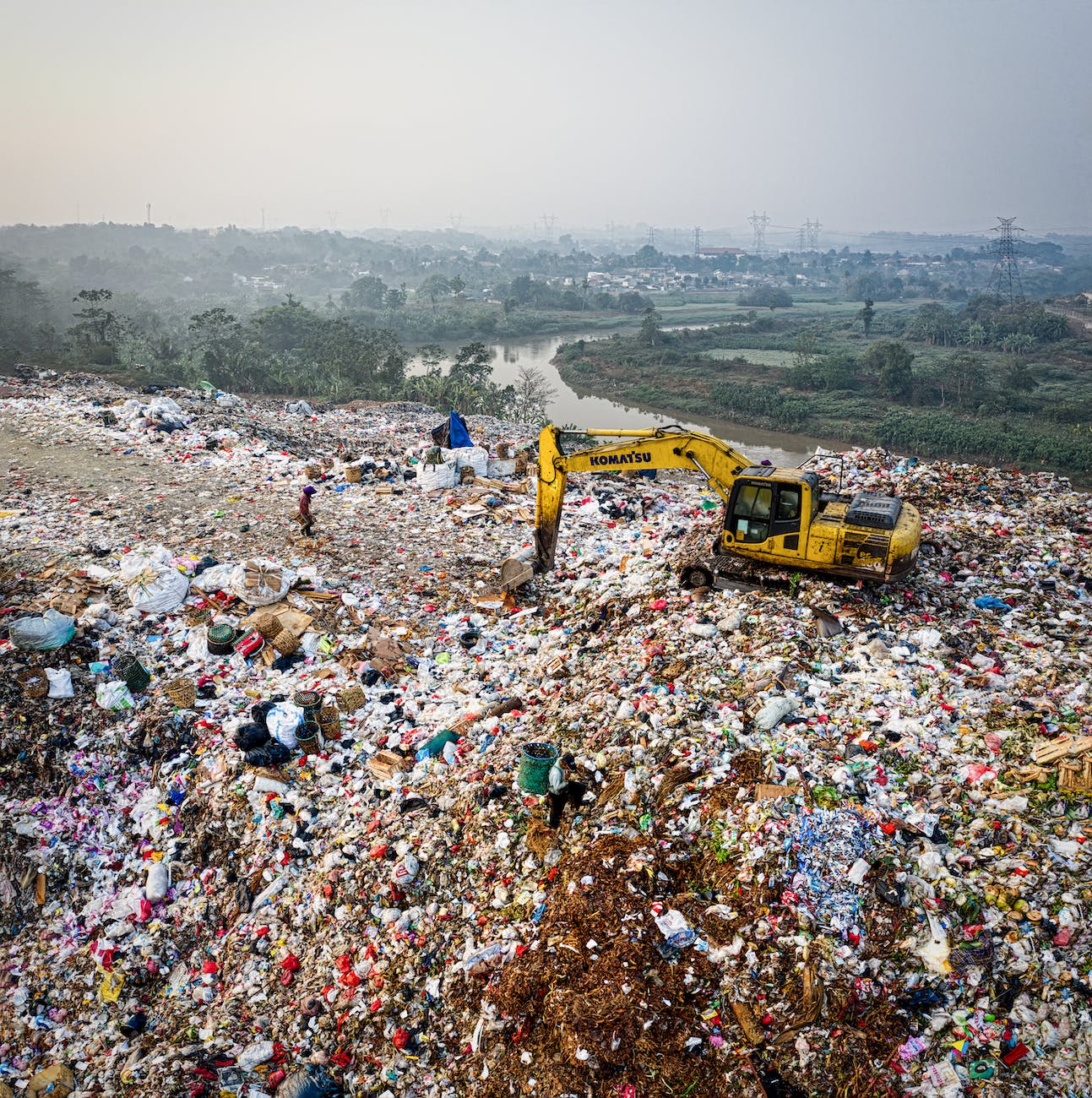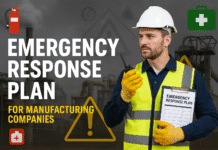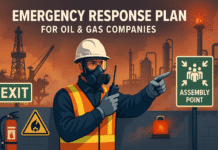
7 Categories of Hazardous Waste
Introduction
Welcome to a comprehensive exploration of hazardous waste and its impact on the environment. Hazardous waste is a pressing global concern, encompassing various materials posing significant risks to human health and the ecosystem. Understanding its categories and proper management is crucial for a sustainable future.
Understanding Hazardous Waste
What Defines Hazardous Waste?
Hazardous waste is any discarded material that can harm human health or the environment. It can be solid, liquid, or gaseous and may exhibit corrosive, toxic, ignitable, or reactive properties.
Types of Hazardous Waste
1. Chemical Waste
Chemicals used in industries, laboratories, or households that pose health or environmental risks fall under this category.
2. Biological Waste
Medical or laboratory waste containing infectious materials, potentially harmful microorganisms, or toxins.
3. Radiological Waste
Materials contaminated with radioactive substances, often produced by nuclear power plants or medical facilities.
4. Toxic Waste
Substances like pesticides, heavy metals, or solvents that can cause harm upon exposure.
5. Explosive Waste
Materials prone to explode or release hazardous gases under specific conditions.
6. Flammable Waste
Substances easily ignited, including liquids, solids, or gases that can cause fires.
7. Corrosive Waste
Acids, bases, or substances capable of corroding materials and causing harm on contact.
Here are seven categories of hazardous waste:- Ignitability: Waste that can easily catch fire, such as solvents, gasoline, or certain types of chemicals.
- Corrosivity: Waste that can corrode materials or living tissues, like acids or bases with high pH levels.
- Reactivity: Waste that can be unstable and react violently or explosively under certain conditions.
- Toxicity: Waste containing harmful chemicals or substances that can cause adverse health effects in humans or the environment.
- Infectious: Waste that contains pathogens, such as medical waste from hospitals or laboratories.
- Radioactive: Waste that emits radiation, like materials from nuclear power plants or certain industrial processes.
- Other: This category encompasses waste that doesn’t fit into the above categories but is still considered hazardous due to specific characteristics.
Each type of hazardous waste requires careful handling, storage, and disposal to prevent harm to humans and the environment.Classification Methods
Understanding how hazardous waste is classified aids in proper handling and disposal. Common classification systems include identification by physical characteristics, chemical composition, or potential impact on health and the environment.
Environmental Impact
The improper disposal of hazardous waste leads to soil, air, and water pollution, endangering ecosystems, wildlife, and human populations. Long-term exposure can cause severe health issues and ecosystem degradation.
Handling and Disposal
Proper management involves containment, transportation, treatment, and disposal methods adhering to stringent regulations to mitigate risks to public health and the environment.
Regulations and Compliance
Governments worldwide have enacted strict regulations governing the handling, transport, and disposal of hazardous waste to ensure safe practices and minimize environmental impact.
Conclusion
In conclusion, understanding the categories, impact, and management of hazardous waste is pivotal in safeguarding the environment and human health. Proper education, stringent regulations, and innovative solutions are vital for a sustainable future.
Hazardous Waste Management System
How to Write Standard Operating Procedure
7 Steps of Standard Operating Procedure
FAQs
1. How is hazardous waste different from regular waste?
Hazardous waste possesses properties that make it harmful to human health or the environment, requiring special handling and disposal methods.
2. Can hazardous waste be recycled?
Yes, some hazardous waste materials can undergo treatment and recycling processes, reducing their environmental impact.
3. Who regulates hazardous waste disposal?
Government agencies like the EPA in the United States regulate hazardous waste disposal and management practices.
4. What are the risks of improper hazardous waste disposal?
Improper disposal can lead to soil contamination, water pollution, health risks, and harm to ecosystems and wildlife.
5. What can individuals do to minimize hazardous waste?
Reducing consumption, proper disposal of household chemicals, and recycling materials responsibly can significantly minimize hazardous waste.
























